Raghavendra Bilgi
Unified Modeling of Multi-Domain Multi-Device ASR Systems
May 13, 2022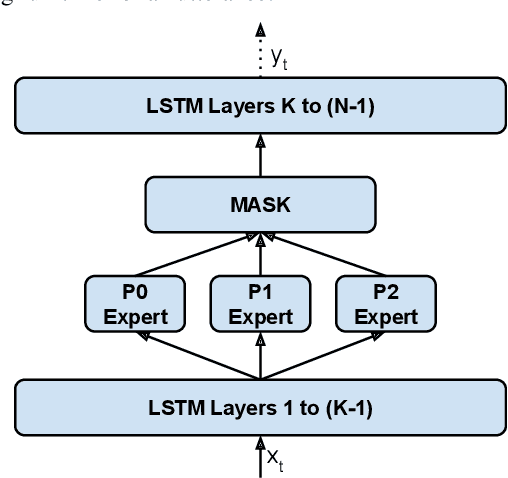

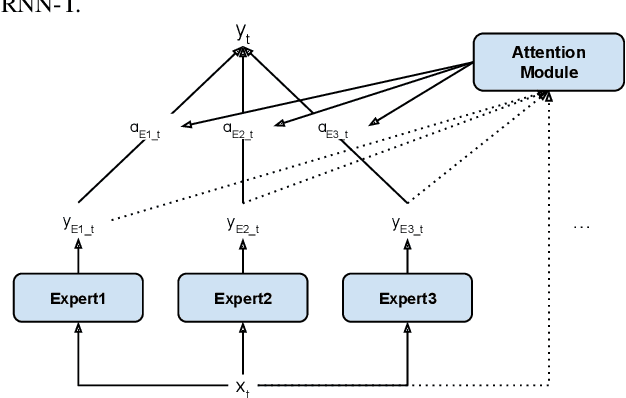
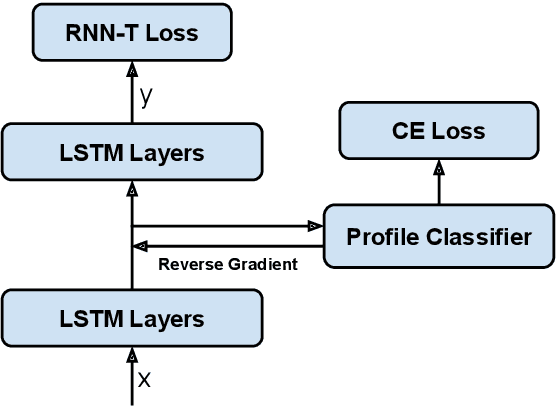
Abstract:Modern Automatic Speech Recognition (ASR) systems often use a portfolio of domain-specific models in order to get high accuracy for distinct user utterance types across different devices. In this paper, we propose an innovative approach that integrates the different per-domain per-device models into a unified model, using a combination of domain embedding, domain experts, mixture of experts and adversarial training. We run careful ablation studies to show the benefit of each of these innovations in contributing to the accuracy of the overall unified model. Experiments show that our proposed unified modeling approach actually outperforms the carefully tuned per-domain models, giving relative gains of up to 10% over a baseline model with negligible increase in the number of parameters.
Improving RNN-T ASR Performance with Date-Time and Location Awareness
Jun 16, 2021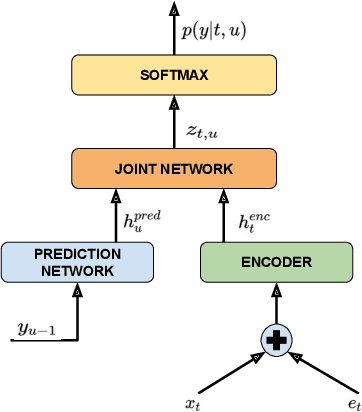
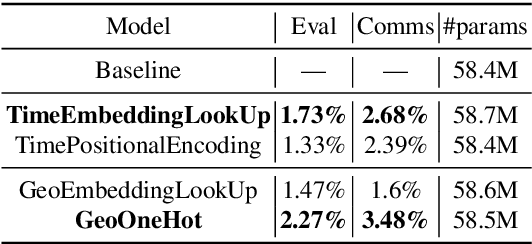
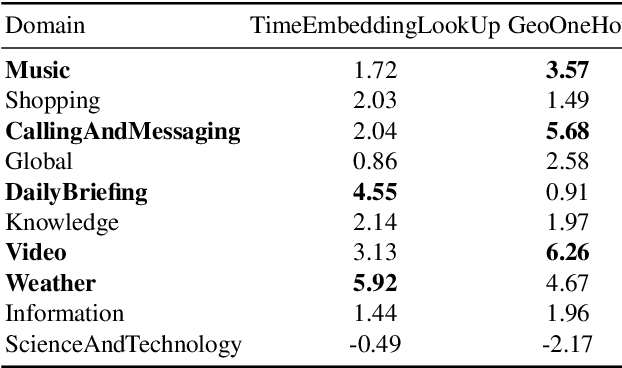

Abstract:In this paper, we explore the benefits of incorporating context into a Recurrent Neural Network (RNN-T) based Automatic Speech Recognition (ASR) model to improve the speech recognition for virtual assistants. Specifically, we use meta information extracted from the time at which the utterance is spoken and the approximate location information to make ASR context aware. We show that these contextual information, when used individually, improves overall performance by as much as 3.48% relative to the baseline and when the contexts are combined, the model learns complementary features and the recognition improves by 4.62%. On specific domains, these contextual signals show improvements as high as 11.5%, without any significant degradation on others. We ran experiments with models trained on data of sizes 30K hours and 10K hours. We show that the scale of improvement with the 10K hours dataset is much higher than the one obtained with 30K hours dataset. Our results indicate that with limited data to train the ASR model, contextual signals can improve the performance significantly.
Listen with Intent: Improving Speech Recognition with Audio-to-Intent Front-End
May 14, 2021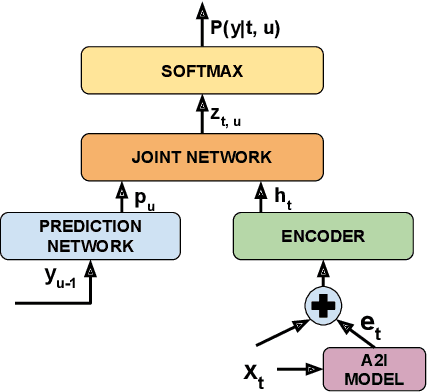
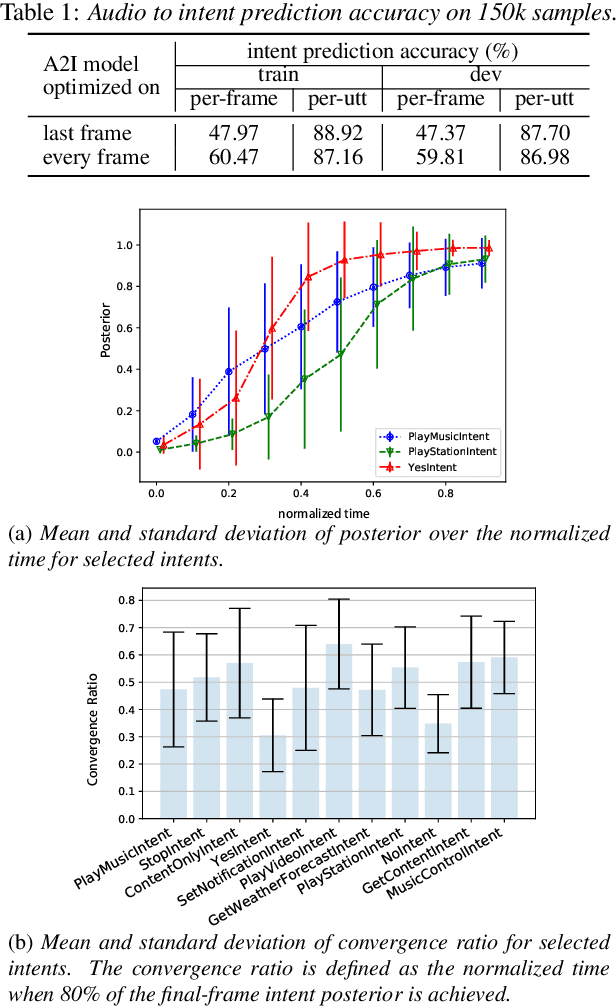
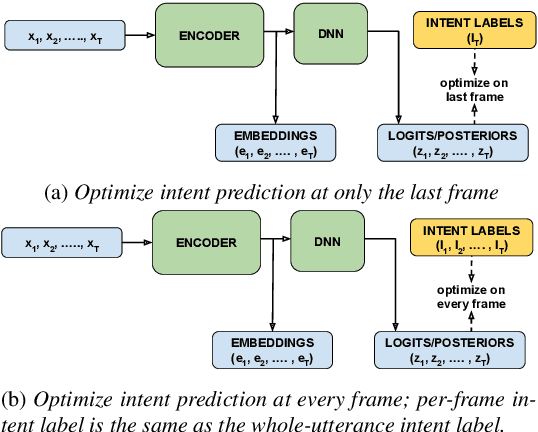
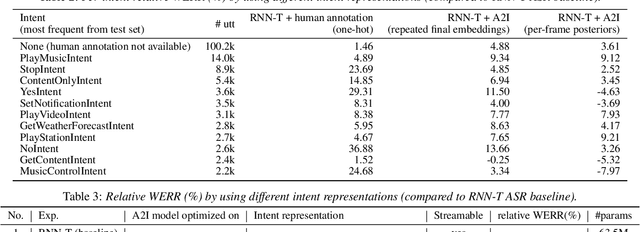
Abstract:Comprehending the overall intent of an utterance helps a listener recognize the individual words spoken. Inspired by this fact, we perform a novel study of the impact of explicitly incorporating intent representations as additional information to improve a recurrent neural network-transducer (RNN-T) based automatic speech recognition (ASR) system. An audio-to-intent (A2I) model encodes the intent of the utterance in the form of embeddings or posteriors, and these are used as auxiliary inputs for RNN-T training and inference. Experimenting with a 50k-hour far-field English speech corpus, this study shows that when running the system in non-streaming mode, where intent representation is extracted from the entire utterance and then used to bias streaming RNN-T search from the start, it provides a 5.56% relative word error rate reduction (WERR). On the other hand, a streaming system using per-frame intent posteriors as extra inputs for the RNN-T ASR system yields a 3.33% relative WERR. A further detailed analysis of the streaming system indicates that our proposed method brings especially good gain on media-playing related intents (e.g. 9.12% relative WERR on PlayMusicIntent).
 Add to Chrome
Add to Chrome Add to Firefox
Add to Firefox Add to Edge
Add to Edge